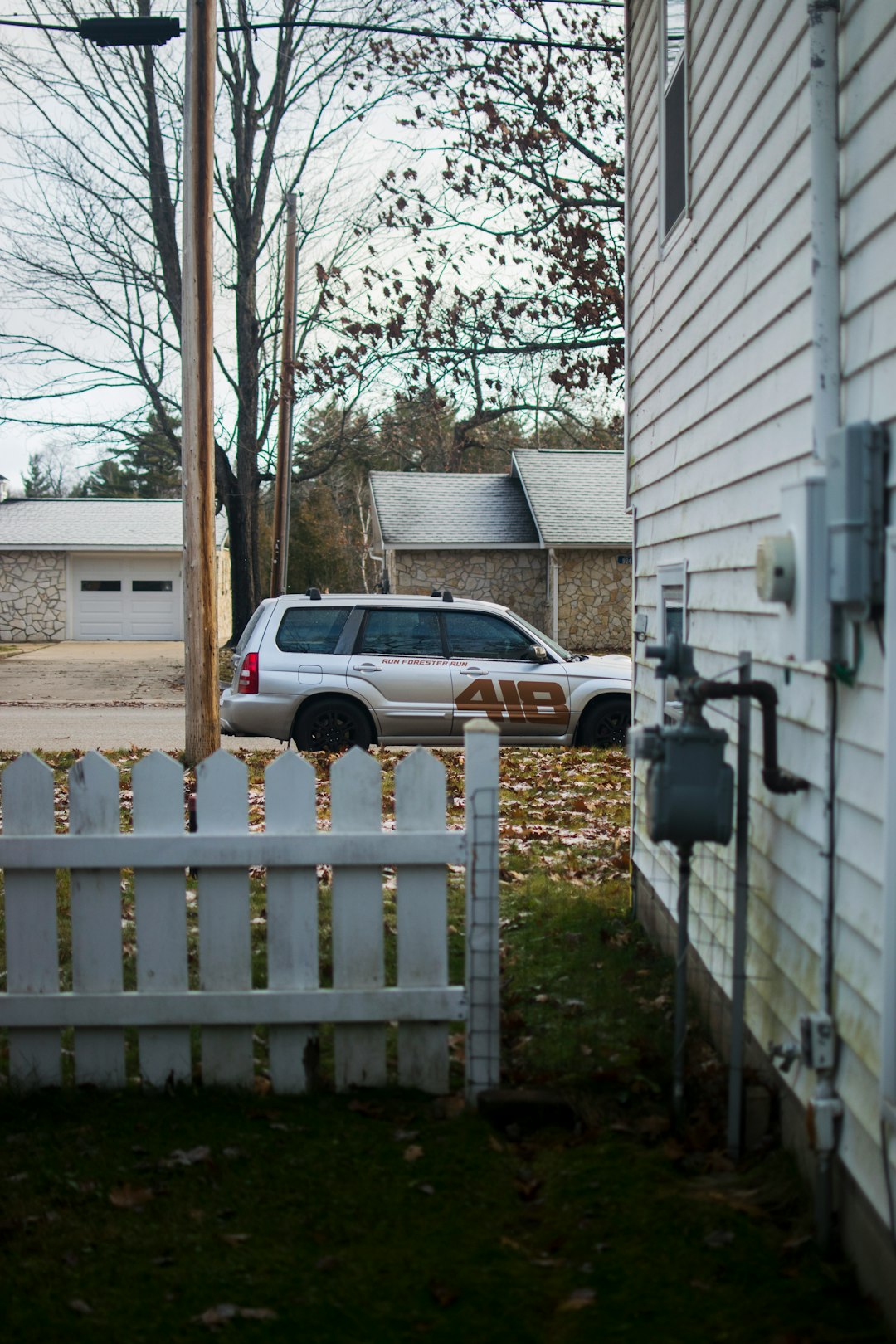In an age defined by rising consumerism, economic inequality, and digital connectivity, a grassroots social movement is quietly reshaping the way people think about community, generosity, and waste reduction. The Buy Nothing Project, a global network of hyper-local gift economy groups primarily hosted on Facebook, is transforming neighborhoods across the United States by fostering direct, no-strings-attached giving between neighbors. With a deceptively simple premise—give freely, ask freely, and show gratitude—the Buy Nothing groups are offering a powerful antidote to the isolation and consumerism that often characterizes modern life.
The Origins of the Movement
The Buy Nothing Project began in 2013 as a small experiment founded by two friends, Rebecca Rockefeller and Liesl Clark. They envisioned a system where people could share goods and services without the exchange of money, bartering, or even trade. Since then, the concept has spread rapidly, with tens of thousands of local groups forming, primarily through Facebook. Today, millions of Americans participate in these communities, and the movement is gaining momentum worldwide.
Core Principles That Drive the Buy Nothing Movement
At its heart, the Buy Nothing Project is about more than simply exchanging goods. It is underpinned by values designed to build stronger, more resilient communities:
- Local Focus: Each group is geographically restricted to a specific neighborhood or town, encouraging connections with nearby residents.
- Give Freely: Items and services are given without expectation; there’s no trading, bartering, or selling.
- Ask Boldly: Members are encouraged to ask for what they need, no matter how big or small.
- Gratitude Culture: Expressions of thanks and stories of kindness are prominent in the group, reinforcing a cycle of generosity.
These principles work in tandem to create not just a marketplace, but a thriving support system founded on trust and mutual care.
Revolutionizing Community Support
Traditional social safety nets often fall short or are inaccessible to many people. In contrast, Buy Nothing groups offer an agile, people-powered form of support. The impact can be both immediate and profound.
- A parent in need of diapers receives a full unopened pack within an hour of posting a request.
- An elderly neighbor receives help assembling a new piece of furniture, no fees or favors expected in return.
- A struggling student receives free textbooks from someone no longer using them.
In each case, the promptness and goodwill provided by local neighbors fill a gap that traditional systems often overlook.

Moreover, during times of crisis—be it natural disasters, economic downturns, or pandemics—the Buy Nothing groups have proven to be essential lifelines. In the early months of COVID-19, these groups were instrumental in helping people access sanitary supplies, food, and childcare essentials. The ability to directly respond to community needs, free from bureaucratic hurdles or delays, allows these networks to act with an efficiency that is both impressive and profoundly human.
Reducing Waste and Encouraging Sustainability
Another major impact of the Buy Nothing Facebook groups is their role in reducing waste and promoting a more sustainable lifestyle. Americans throw away nearly 300 million tons of waste annually, a figure that includes vast quantities of still-useful items. Through Buy Nothing, what would otherwise end up in landfills—furniture, clothing, electronics, kitchenware—finds new life in homes that can use them.
Thus, the groups empower individuals to make sustainable choices without pressuring them monetarily. This sustainable model is particularly appealing to environmentally-conscious communities, yet also resonates with those simply seeking more affordable ways to live. As one member put it, “It’s zero-waste, zero-cost, and 100% community.”
Strengthening Social Bonds
Beyond the exchange of goods and services, the Buy Nothing movement is reintroducing neighbors to one another. In today’s technology-saturated world, people are often disconnected from their immediate surroundings, rarely knowing who lives next door. Buy Nothing groups are changing that by encouraging tangible, real-world interactions. As neighbors gift a gently-used coat, lend a vacuum, or offer surplus vegetables from their garden, trust and camaraderie grow.
In countless neighborhoods, informal networks have sprung up from these interactions. Carpooling systems, garden shares, and local repair meetups owe their beginnings to connections first made in Buy Nothing posts. This strengthening of the social fabric fosters a kind of local safety net that can catch members in moments of need.

A Digital Commons in a Commercial World
Unlike marketplaces or donation-driven nonprofit platforms, Buy Nothing groups require nothing from participants but a willingness to give or receive. There are no ads, no commercial incentives, and no algorithms promoting posts. Every exchange is driven by genuine community engagement.
This creates what many participants describe as a “digital commons”—a shared online space for mutual aid and connection that counters the transactional nature of many digital platforms. What’s more, as the system is governed by volunteer moderators who actively enforce the group’s rules and principles, the integrity of the ethos is maintained. Posts asking for or offering items must be clearly categorized, and users are reminded regularly that emotional sincerity, not material value, is the true currency of the group.
Overcoming Challenges and Growing Inclusivity
Even as the Buy Nothing movement flourishes, it faces challenges. Not all neighborhoods have groups, and social media accessibility remains a hurdle for some. Additionally, ensuring inclusivity and preventing discrimination are ongoing concerns. Moderator training and community guidelines are continuously updated to address bias, privilege, and accessibility issues.
To expand its reach and mitigate dependency on Facebook, the movement has begun transitioning to its own mobile app. Launched in 2021, the Buy Nothing app aims to bring the experience to more people while offering a platform unfettered by social media constraints. While adoption is still in progress, early reports suggest that the app is fostering wider inclusion and enhancing ease of participation.
Future of the Buy Nothing Economy
The long-term impact of the Buy Nothing Project could be far-reaching. What began as an informal exchange group could evolve into a backbone of community mutual aid efforts, broader sustainability practices, and systemic resilience. For policymakers, social workers, and environmentalists, there are rich lessons to be drawn from its organic growth and success.
As the movement continues to evolve, it raises important questions: What if every neighborhood had a functional mutual aid network? What if we defined wealth not by accumulation, but by connection? What if generosity became as ordinary as commerce?
Conclusion
The Buy Nothing Facebook groups are not just an online trend—they represent a shift in cultural values. By fostering generosity, sustainability, and connection, these groups are challenging the norms of ownership, consumption, and social isolation. In a society often divided by economic status, political affiliation, and geographic mobility, the simple act of giving freely and connecting locally is nothing short of revolutionary.
If this model continues to inspire and expand, it may well offer a glimpse into a more compassionate, connected, and resilient future for communities across the United States and beyond.

